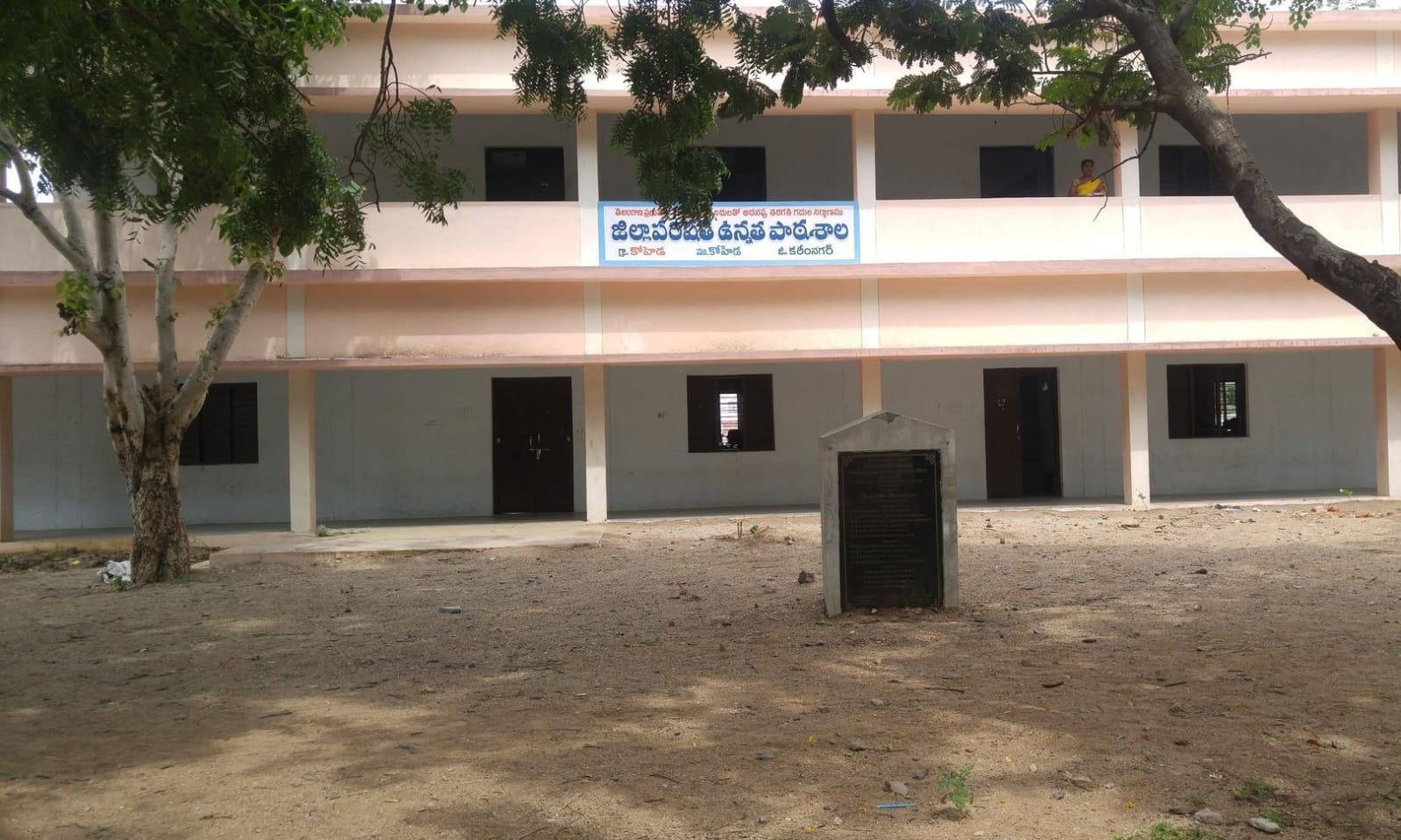India’s Ministry of Education has revealed that nearly 8,000 schools across the country reported zero student enrolment in the 2024–25 academic year, yet continue to employ over 20,000 teachers. The data highlights a stark mismatch in staffing and student presence, raising questions about resource allocation and policy oversight.
In a startling disclosure, the Ministry of Education has reported that 7,993 schools across India had no student enrolments during the 2024–25 academic session. Despite this, these institutions collectively employed 20,817 teachers, spotlighting a systemic inefficiency in the country’s public education infrastructure.
Key Highlights
-
West Bengal tops the list with 3,812 zero-enrolment schools, employing 17,965 teachers—over 85% of the national total
-
Telangana follows with 2,245 such schools and 1,016 teachers, while Madhya Pradesh has 463 schools with 223 teachers
-
Uttar Pradesh reported 81 schools with no students, while states like Haryana, Maharashtra, Goa, Assam, Himachal Pradesh, Chhattisgarh, Nagaland, Sikkim, and Tripura had none
-
The number of zero-enrolment schools has dropped significantly from 12,954 in the previous year, indicating partial progress
-
Education being a state subject, the Ministry has advised state governments to address the issue through school mergers and rationalization
-
Officials note that some states have already begun consolidating schools to optimize resources and improve learning outcomes
-
The data has sparked debate over the fiscal burden of maintaining staff in non-functional institutions and the need for better planning
-
Experts call for targeted interventions, including community engagement, infrastructure audits, and digital tracking of enrolment trends
The revelation underscores the urgent need for policy reform and accountability in India’s education system. While the reduction in zero-enrolment schools is a positive sign, the continued employment of thousands of teachers in empty classrooms demands a closer look at governance, efficiency, and educational equity.
Sources: Moneycontrol, Indian Express, India Today, The Hindu, National Herald

